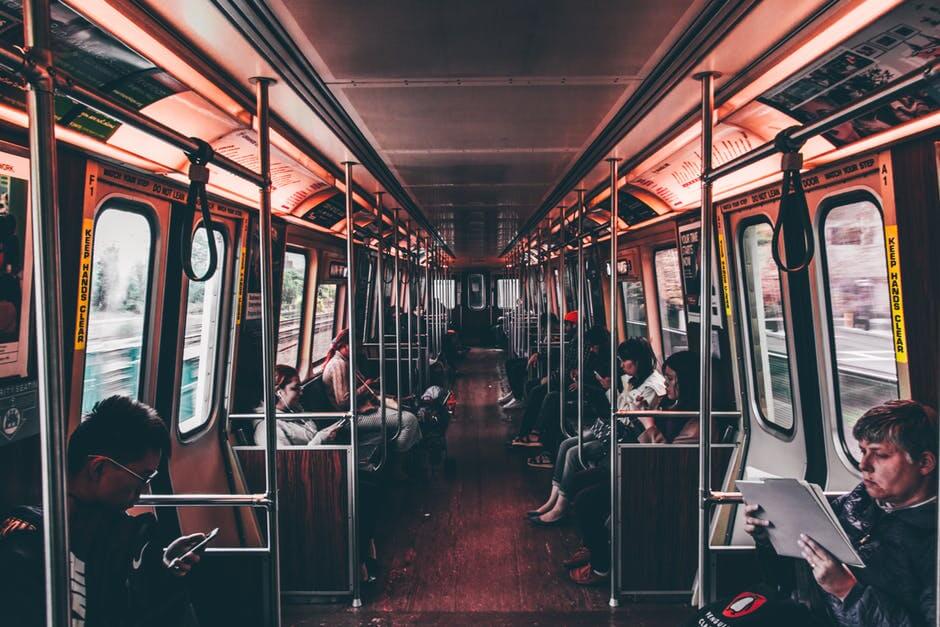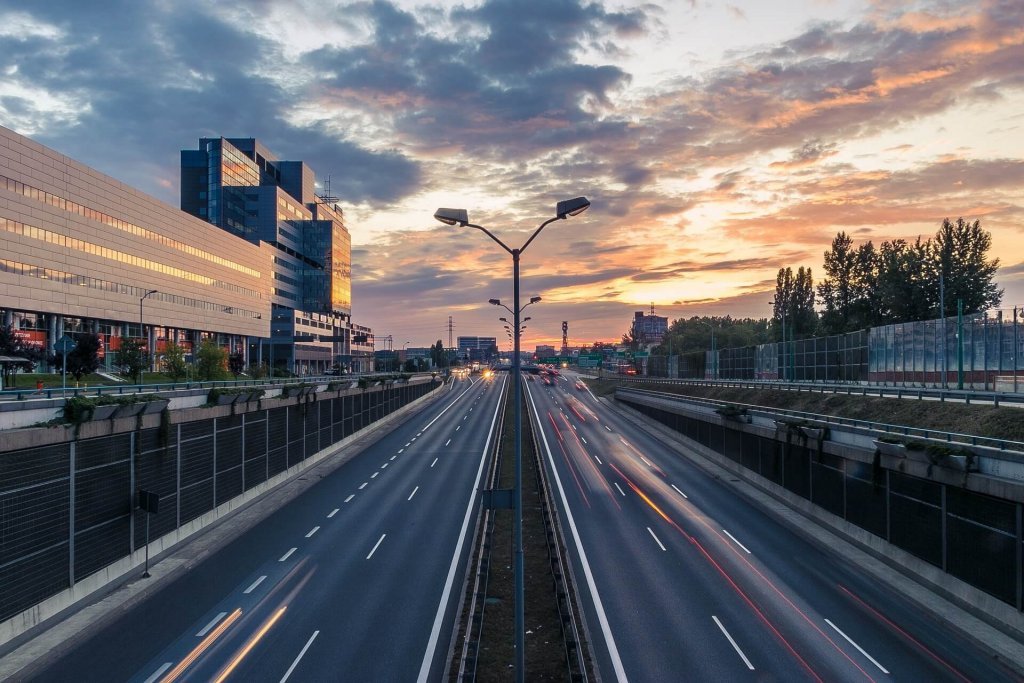Business
Green travel habits you should adopt and invest in
Getting on a bike and using public transport can help in reducing carbon footprints on the planet.

Sustainability is a word on many people’s lips; it’s a more than just a trend, a passing phase.
Being sustainable requires a commitment to the future affected here and now. There is a long way to go, but efforts are being made worldwide in many ways to foster and encourage everybody’s inclusion in the attempt to reduce our carbon footprint and lessen the impact on our world both socially and environmentally.
One particular area that most countries have targeted, for change over the past few years is transport. Green Travel Plans (GTP) are being developed, focused especially on the city and urban areas.
These plans need to coordinate with other businesses to produce management specifics and strategies, which look at an overall reduction in the impact travel and transport has on the environment but also create more efficient and cost-effective options.

Public commuting lessens carbon footprint. (Source)
Businesses, alongside government and local councils all, have their part to play in the creation of GTPs, as can be seen from the example of recycling or pollution control. These were started as an environmental initiative but quickly became areas of business growth.
The increase in competitiveness can also be seen with the travel transport industry. New designs in different, more ecologically sound transportation are becoming solid business investments, as more and more people see the reasoning behind a more sustainable way of life and travel.
What are the options for individuals who want to contribute to lessening their carbon footprint?
Use public transport
Most areas committed to GTP will have invested or are investing in a better system of public transport, from more metro lines for commuters, electric or biodiesel buses and rapid transport vehicles (RTV) with room for cyclists and better routes around the cities.
If they are not happening, then add your voice to the campaign to introduce better services.
All can benefit from a better public transport system in a number of ways:
- Eases congestion, resulting in shorter journey times
- Reduction of CO2 emissions
- Reduction of dependency on imported oil
- Gives you some time out from the hassle of driving, reducing your stress
- It is often far more cost-effective than running your car, especially in gridlocked traffic

A lot of countries are now working on Green Travel Plans for transport in their cities to help in lowering the carbon footprint around the world. (Source)
Get on your bike
Cycling has been advocated for many years as a green alternative and healthier lifestyle choice. GTPs have introduced cycle paths and routes throughout cities worldwide.
Take Copenhagen as an example. More than 50 percent of its residents use cycles, and almost all residents are within 350m of public transport, giving Copenhagen for a city its size very low CO2 emissions.
Not everyone though has the time or inclination to pedal to work. Cycling in a suit is not comfortable or easy, and it’s not always possible to change. In response to the need for slightly faster and easier to ride cycles, there are some excellent examples of innovative thinking, and the e-bike is one of these. Designed to easily transport you with lightweight batteries that are also developed to have the minimum impact, these are a great alternative for those who don’t want to use peddle power.
Cities are also offering a form of Uber bike transport, where by using card cards or prepaid cards, they can take a bike situated in different areas and return them to a designated area after completing the journey. Companies have got on board with this, in China especially, adopting a similar system but one where the bikes can be left anywhere after use. Unfortunately, this has brought several problems with piles of bikes being abandoned. The companies are working with city councils to resolve this problem as the take-up has been very favorable.
Plan changes for you and your company
The time to change is now. Individuals can consider the points above and look for alternatives to taking the car to work. Owners and managers can start by being an example and adopting green travel practices, which can also create a positive effect on your company’s corporate image. Some countries, like the UK, even offer tax advantages — a nice financial reward to consider as well.
Companies can also provide better incentives for their workers in a number of ways. Some examples are:
- Provide changing rooms, showers, and lockers for cyclists
- Provide better, safer, and more secure cycle parking facilities
- Add a financial incentive for not using a car parking space
- Provide public transport information
- Offer discounts with local companies or subsidize the employee
- Have a ride-home system in place as alternatives for late night workers or emergency situations
Education, encouragement and financial support in greener travel are a worthy investment for companies to undertake. People’s attitudes are changing. Being part of a sustainable action within the workplace can accelerate an individual’s understanding and response to the issues of travel and transport.
—
DISCLAIMER: This article expresses my own ideas and opinions. Any information I have shared are from sources that I believe to be reliable and accurate. I did not receive any financial compensation in writing this post, nor do I own any shares in any company I’ve mentioned. I encourage any reader to do their own diligent research first before making any investment decisions.

-

 Crypto2 weeks ago
Crypto2 weeks agoAAVE Community Challenges Aave Labs Over Governance and Control
-

 Crowdfunding1 week ago
Crowdfunding1 week agoDeep Learning Italia Launches €400K Crowdfunding to Bridge Italy’s Tech Skills Gap
-

 Impact Investing3 days ago
Impact Investing3 days agoCOP30: Fragmented Climate Politics, Multi-Speed Transition, and Emerging Investment Opportunities
-

 Crowdfunding2 weeks ago
Crowdfunding2 weeks agoa2censo Expands Crowdfunding Access for SMEs and New Investors


























You must be logged in to post a comment Login